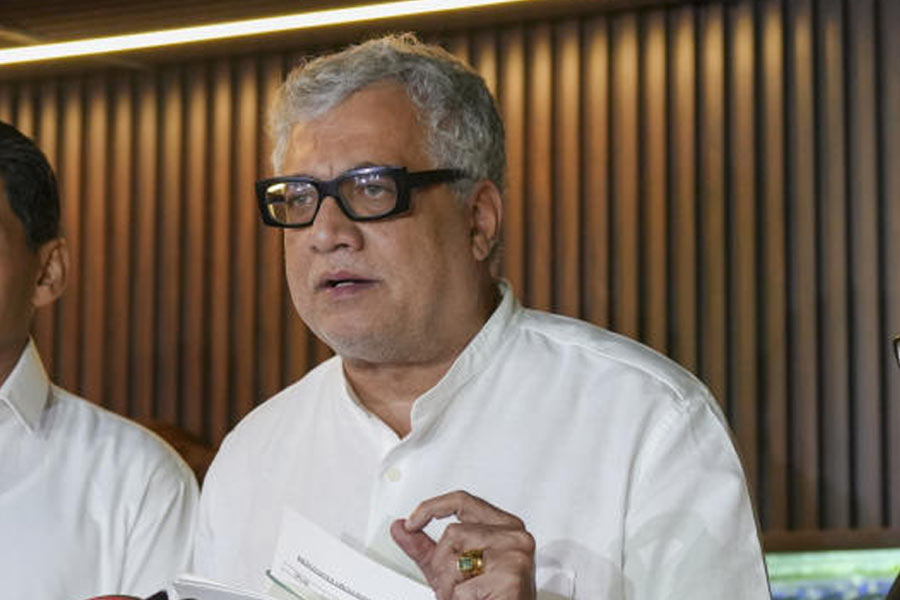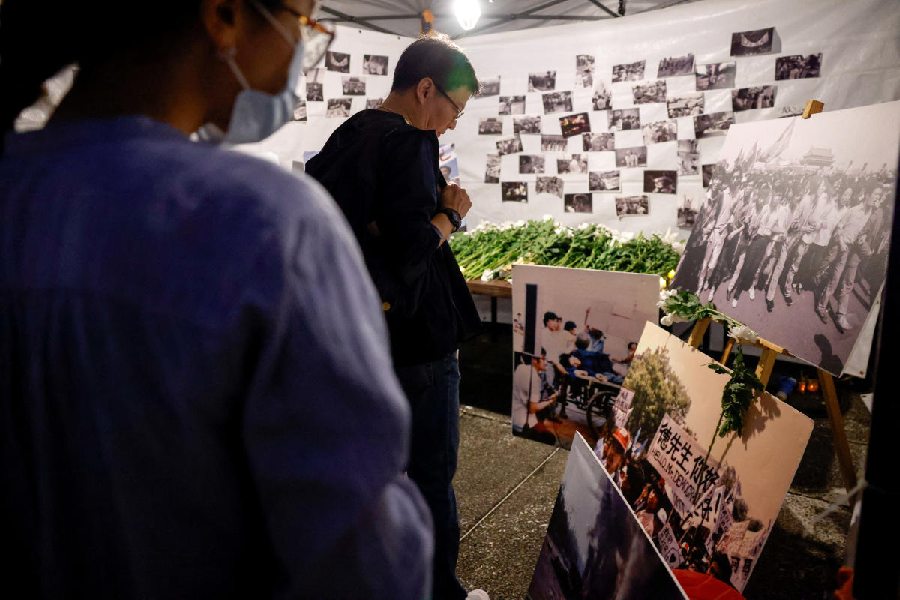Pack a few punches
 |
Bhiwani Junction: The Untold Story of Boxing in India (Harper Sport, Rs 250) by Shamya Dasgupta is a book about the sport that finally got the attention of Indians after Vijender Singh won the bronze medal for boxing at the Beijing Olympics in 2008. Dasgupta, a sports journalist who is currently the senior editor of Wisden India, makes his love for the sport evident in this book. Not only does he explore the history of boxing in India, but also delves deep into the reasons why the state of Haryana produces the largest number of boxers in the country. What sets this book apart from others of its kind is the author’s expertise and knowledge of the sport and its history. His is an informed ring-side view, and he highlights uncomfortable truths such as the State’s lack of interest in keeping boxing alive in many parts of the nation even as it flourishes in Haryana (where the famous private coaching centre, Bhiwani Boxing Club, is located). Dasgupta paints a stark picture that gives one a peek into the corruption eating into the system, and shows how the State has been complicit in the sport’s deteriorating stature. He says that sustenance from the private sector, in the form of sponsorship, can go a long way in ensuring that boxing survives and flourishes in India. Dasgupta’s success lies in his deft presentation — although full of facts and figures, his writing never gets boring for the reader. His passion for the sport, along with his knowledge of it, give this book its edge.
A Mysterious Death at Sainik Farms (Rupa, Rs 195) by Rukmani Anandani is a regular whodunnit. That wouldn’t have been such a bad thing if the author hadn’t tried so hard — and failed so miserably — to pass it off as a handbook of cutting-edge forensic research. The domineering family patriarch, Ugrasen, is found dead, and a missing bag of rubies makes murder difficult to rule out. Anandani does make good use of interviews as a part of the crime-solving process, and her command over English is apparent. But her comical, buffoonish detectives, Ganapati and Vinayak, spoil the air of darkness that Anandani tries hard to create and hold on to throughout the book.
 |
Santa gets Bangalored and other stories (Power, Rs 250) by Puneeta Khatri will leave you tearing your hairs out in despair over the terrible use of English and the flagrant misuse — often absence — of punctuation. The stories are puerile; even children would have had good reasons to feel offended if this were called a children’s book. There is Santa Claus who moves to “Banaglore” (sic) with his elves and gets conned by event managers; there are Geeta and Vandana who feel tempted to cheat in their exams but do not. Khatri tries very hard to be edifying. Unfortunately for her, her language is such an assault on the senses that one fails to glean much from the book that can be called positive. The only things that make this book worth skimming through are the lovely pencil illustrations that accompany each short story. The contexts of the sketches are better left unexplored; just look at the drawings and shut the book quickly.
Innovate Happily!: A Blueprint for Shangri-La, the High Happiness Quotient City (Portfolio, Rs 199) by Rekha Shetty tells you, through a “series of analytical and self-actualization exercises”, what you already know — that you need to be happy in order to be productive. If one is really interested in learning about Shangri-La and Bhutan’s Gross National Happiness, one should just visit the country — Indians do not need visas to go to Bhutan — than waste time reading about the experiences of Shetty’s protagonists, Junie and Rags.











